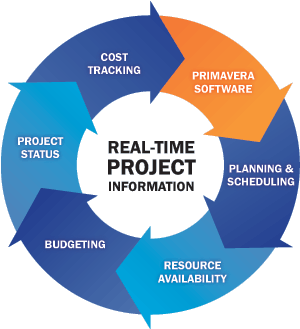
The 1950s marked the beginning of the trendy project management era where core engineering fields come together to work as one. Project management grew to become acknowledged as a definite self-discipline arising from the management self-discipline with the engineering model. In the United States, prior to the Fifties, initiatives had been managed on an ad-hoc foundation, using principally Gantt charts and informal methods and instruments. At that time, two mathematical project-scheduling models were developed. The “critical path method” was developed as a three way partnership between DuPont Corporation and Remington Rand Corporation for managing plant maintenance projects.
To exploit the constraint, tasks on the crucial chain are given priority over all other actions. Finally, projects are deliberate and managed to ensure that the assets are ready when the crucial chain duties should start, subordinating all different resources to the critical chain.

Ill-outlined or too tightly prescribed project management goals are detrimental to determination making. To develop as a project supervisor, you must research the theories, skills, and best practices that govern the profession. Further, you possibly can complement that knowledge with project administration instruments. Simply put, project managers are professionals that oversee the profitable completion of initiatives. While it’s been practiced for hundreds of years, project management solidified its place as a profession within the mid-20th century with the founding of skilled bodies like the Project Management Institute. Apart from technical project management expertise, project managers have to develop enterprise acumen, market consciousness, customer support empathy, entrepreneurial sensibilities, and different enterprise expertise. As the staff executes tasks, project managers monitor and management progress to ensure the group is aligned with deliverables and priorities.
The priori standards omit the more essential after-completion results of the project which comprise four ranges i.e. the output success, consequence success and impact success during the product lifecycle. These posterior success standards indicate the effectiveness measures of the project product, service or end result, after the project completion and handover. This overarching multilevel success framework of initiatives, programs and portfolios has been developed by Paul Bannerman in 2008.

